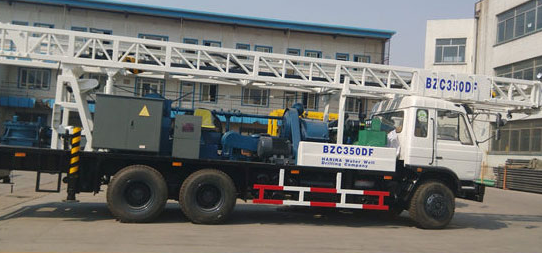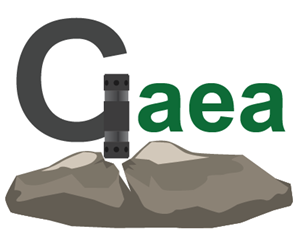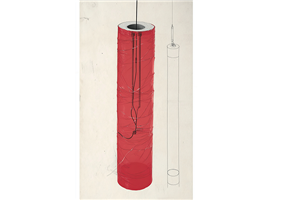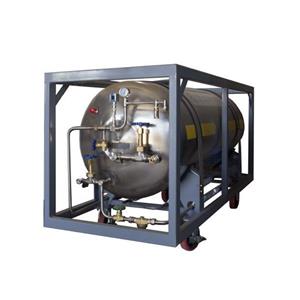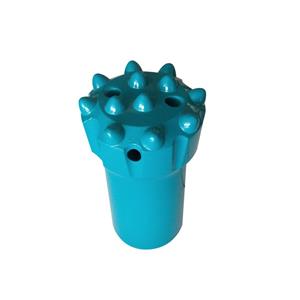Classification and working principle of water well drilling rig
Related products Link:
Classification and working principle of water well drilling rig
What is a water well drilling rig? Simply put, a water well drilling rig is a mechanical device that drills water wells and completes downhole pipelines, well washing, etc., including power equipment and drill bits, drill pipes, core pipes, drill frames, etc. The following briefly introduces the classification and working principle of water well drilling rigs and the correct use of water well drilling rigs.
Water well drilling rig mechanism
1. Hydraulic oil pump: It is a double-type large-capacity pump that provides power for the power head. The small displacement pump powers the quadruple cylinder, the landing mast cylinder and the afterburner/lift cylinder.
2. Four outriggers: Small drilling equipment consists of hydraulic cylinders and fixed frames. The height of the body can be adjusted at the work site to support and stabilize the body.
3. Mast: a frame structure welded by giant steel pipes, channel steels and angle steels. The inner grooves of the channel steel on both sides are used as the power head to run up and down to ensure the verticality of the hole. The ups and downs of the mast are completed by hydraulic cylinders.
4. Power head: The mechanism with gear reducer has a large diameter mandrel in the middle of the low speed shaft. The upper end of the mandrel can be connected with the hose interface of the concrete pouring equipment to inject concrete; the lower end of the mandrel is connected to the drill rod and the drill bit through the blue plate. The high-speed shaft is driven by a high-torque hydraulic motor.
Water well drilling rig system
1. Power system, equipment that provides energy for the whole set of drilling rigs;
2. Working system, equipment working in accordance with technological requirements;
3. Transmission system, equipment that transmits, transmits and distributes energy to the working unit;
4. Control system, control each system and equipment, coordinate and work accurately according to the requirements of the process;
5. Auxiliary system, equipment that assists the work of the main system.
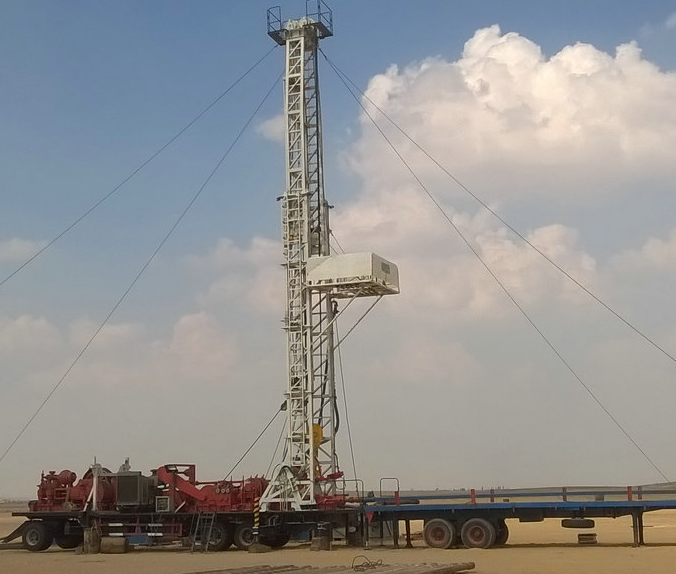
The classification and working principle of water well drilling rig
water well drilling platform can be divided into three categories: rotary water well drilling platform, percussion water well drilling platform and composite water well drilling platform. The former can be subdivided into: large and small pot cone drilling rigs, positive and negative circulation rotary drilling rigs, hydraulic power head drilling rigs and downhole impact rotary drilling rigs.
The working principle of rotary water well drilling rig
Rotary water well drilling rig mainly relies on the rotary motion of the drilling tool to break the rock formation into holes. Generally, there are large and small pot cone drilling rigs, positive and negative circulation rotary drilling rigs, hydraulic power head drilling rigs and downhole vibrating rotary drilling rigs. A simple rotary drilling rig has only a drilling device, and a well-structured rotary drilling rig has two parts: a drilling device and a circulating well cleaning device. The drilling tools of the rotary water well drilling rig include drill pipes and drill bits. The nominal diameters of commonly used drill rods are 60, 73, 76, 89, 102 and 114 mm. Drill bits are divided into two categories: full drill bits and ring drill bits.
Big and small pot cones use pot cone drills to rotate the soil layer. According to the size of the drill bits, they are called large pot cones and small pot cones, which can be driven by humans or power.
Rotary drilling rigs are often used in forward and reverse circulation mud washing rotary drilling rigs, that is, circulating mud washing rotary drilling rigs are composed of towers, drawworks, turntables, drilling tools, mud pumps, faucets and motors. engine. During operation, the power machine drives the turntable through the transmission, and the active drill rod drives the drill bit to rotate the broken rock layer at a speed of 30-90 rpm. The gas rotary drilling rig is an air compressor, not a mud pump on the rotary drilling rig, but uses compressed air instead of mud to clean the well. Usually, the reverse circulation method is also used, also known as gas lift reverse circulation. In other words, the compressed air is sent into the air-water mixing chamber in the well through the air supply pipe, and mixed with the water flow in the drill pipe to form an aerated water flow with a specific gravity less than 1. Under the action of the gravity around the drill pipe by the annular water column, the aerated water flowing in the drill pipe continuously rises and leaves the well, flows into the sedimentation tank, and the water after the sediment flows back into the well. The way of self-flowing. Using this type of drilling rig, when the well depth is very large (more than 50 meters), the chip removal capacity is greater than the pump displacement or the reverse circulation of the jet, so it is suitable for large drilling rigs with well water depth and water shortage areas, as well as freezing in freezing areas Floor.
Some rotary drilling rigs are equipped with mud pumps and air compressors, and different washing methods can be selected according to the situation.
A hydraulic power-head rotary drilling rig. It is driven by a hydraulic motor through a reducer, and replaces the turntable and faucet on the rotating drill bit. The power head moves up and down on the tower to drive the drill rod and the drill bit to rotate the rock formation. Large-diameter wells with a diameter of up to 1 m can be used to drill large-diameter wells. It is characterized by fast drilling speed, relatively simple loading and unloading of drilling tools and downhole pipes, no need to hoist the drilling tools when the drill pipe is connected, and the drawworks and hoisting blocks are simply removed. A series of parts, such as turntables, taps and kelly.
DTH vibratory rotary drilling rig is a rotary drilling machine that can combine vibration and rotary motion to drill into the rock formation. The drill bit is composed of a drill bit, a vibrator, a damper and a guide cylinder. The exciting force generated by the vibrator causes the entire drilling tool to perform a conical swing motion. The drill bit is placed on the outside of the vibrator housing through a friction ring. On the one hand, the vibrator vibrates horizontally with a frequency of about 1000 rpm and an amplitude of about 9 mm; on the other hand, the rotation speed around the vibrator shaft is 3 to 12 rpm. When the drill pipe is not rotating, the low-speed rotating motion destroys the rock formation, and the vibration absorber is used to prevent the vibration from being transmitted to the drill pipe. The well is cleaned by the reverse circulation of compressed air, so that the drill cuttings are discharged out of the well through the pipe and the inner cavity of the drill pipe located in the center of the vibrator. The drilling rig has a simple structure and high drilling efficiency. The diameter of the borehole is about 600 mm, and the depth of the borehole can reach 150 meters.
The working principle of percussion water well drilling rig
The vertical reciprocating motion of the drill bit makes the drill bit hit the bottom of the well to destroy the rock formation. The structure is simple, but there is no circulating cleaning system, and the disassembly of the chip and the drilling machine cannot be carried out at the same time, so the work efficiency is low. The borehole depth is generally within 250 meters, and some can reach 500 to 600 meters. The main types are as follows.
A simple percussion drill that uses the weight of the drill bit to impact the formation. At the lower end of the drill are some foldable pointed flaps.
The wire rope impact drill is composed of the top mast and lifting pulley, wire rope, impact mechanism, drill bit (including drill rod and drill bit), motor and so on.
There are two types of working principles of composite water well drilling rigs: one is to add an impact mechanism on the basis of a rotary rotary drilling machine, and rotary drilling is the main one. When encountering a pebble layer, both water well drilling platforms are subjected to percussion drilling, which is more adaptable to each layer of rock; the other is a water well drilling rig that combines percussion and rotation, such as a wind-driven downhole hammer drilling rig. The down-the-hole hammer drill used includes a cylinder liner and a piston that moves up and down in the cylinder liner.
